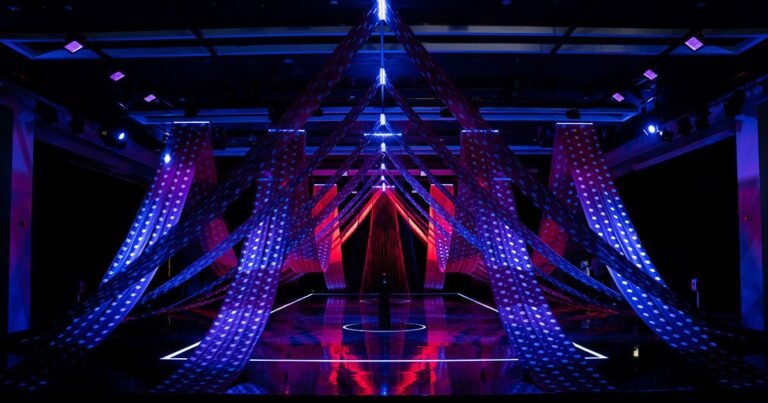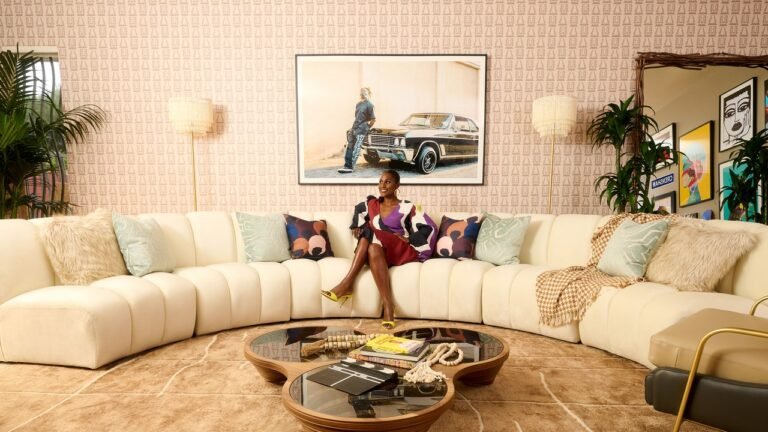Kukje Gallery Transforms a 1930s Hanok Into an Intimate Extension of Its Arts Campus
To renovate it, Song called on architect Sun Hur of the local firm Urban Ark. Studying original plans, he stripped away an unsightly 1980s addition, restoring pillars, beams, and rafters. Any necessary interventions relied on age-old craft, with oil and lacquer applied to exterior red pine, traditional tiles to the roof, and durable hanji paper to the lattice windows. “This is contemporary architecture,” Hur emphasizes of the project. “The traditional hanok just created the atmosphere.”
Particular attention was paid to the outdoor areas, or madang, which, Hur explains, “we regard as an interior— when we open up a window it becomes one space.” Within the hanok’s enclosed, granite-clad central courtyard, stone and timber are the material protagonists, as they are in Gyeongbokgung, the nearby royal palace of the Joseon dynasty.
As the international art world fixes its gaze on Seoul on the heels of the city’s inaugural Frieze fair, Kukje is looking inward. “Korea is getting more interest from the outside world now,” Song explains. “This project shows how we’re changing and in what direction.” kukjegallery.com



